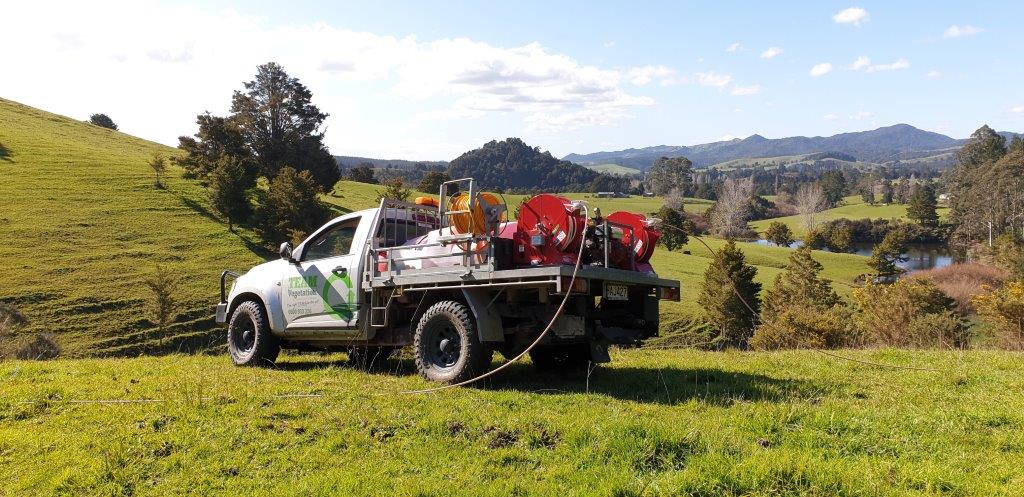- Home
- |
- About Us
- |
- Our Partners
- |
- Contact Us
The Control of Gorse in Northland

Gorse was introduced into Northland in the early 1800’s by settlers from England who brought it with them for hedging and stock proof fences.
Unfortunately, it flourished in the temperate subtropical climate to such an extent that it became uncontrollable and in numerous cases, actually drove people off their land. It flowers twice per season, seeds prolifically and the seeds last for many years until conditions are right and then the whole process starts again. Until chemical control became available, the only way to control it was to cut it down, only for it to spring up again.

Even with todays targeted chemicals, getting rid of gorse is not a one-shot process and requires a commitment to years of relentless follow-up and a management program to finally achieve control. The old adage of “one years seeding equals seven years weeding” is never truer than it is with gorse. To think I can miss a year or two of spraying is to condemn myself to and endless battle with it.
Team Vegetation recommends a multi-pronged approach to managing a gorse problem, depending of course on many factors, such as the size of the area that needs to be controlled, the prevalence of gorse in any given area and any history of previous management attempts.

The best time to use a chemical mix on gorse is when it is growing well such as spring or autumn, although using Metsulfuron-Methyl chemical enables you to work through the winter when weather conditions are favourable. Scattered gorse bushes are best controlled with a targeted gun spray using a pasture friendly chemical such as Triclopyr or if there are big older bushes, triclopyr–picloram mix herbicide is best as it has a much more persistent action in the plant stump to prevent regrowth. This approach encourages a vigorous grass sward which will suppress gorse seed germination and if stocking rates are maintained, will enable stock to remove many gorse seedlings as they are grazing so fencing and fertilizing at the same time is part of that multi-pronged approach that will see gorse effectively eliminated.
Where there are other factors such as the gorse being very widespread and covering whole hillsides etc where access is difficult, other approaches may give the best results, even to the point of planting an area in pines, if the other control measures are impractical to implement, such as grassing, fertilizing and stocking.
Interested to learn more? Contact us today.

